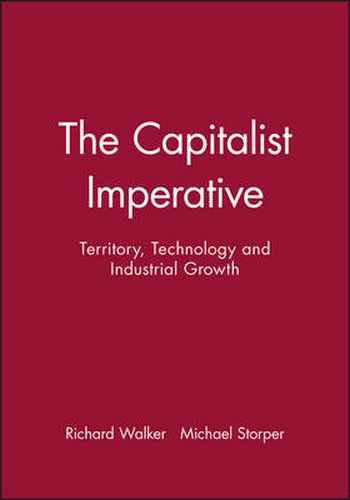Readings Newsletter
Become a Readings Member to make your shopping experience even easier.
Sign in or sign up for free!
You’re not far away from qualifying for FREE standard shipping within Australia
You’ve qualified for FREE standard shipping within Australia
The cart is loading…






Why do cities, regions and nations experience periods of pronounced growth and decline? Why have the world’s centres of economic activity been continually reshuffled as the industrial revolution has spread to new parts of the globe?This book demonstrates that under capitalism, the process central to growth is geographical industrialization, and that the creation and use of territory is fundamental to economic development. In doing so, they make new contributions to the study of growth theory, industrial economics, technological change, industrial organization, labour market, urban and regional development, and theoretical human geography. Beginning with the economics of disequilibrium growth, the authors reveal the technological, organizational and political foundations of industrialization, and conclude by showing that the territorial forms that industry takes are central to the shape and survival of capitalism itself.
$9.00 standard shipping within Australia
FREE standard shipping within Australia for orders over $100.00
Express & International shipping calculated at checkout
Why do cities, regions and nations experience periods of pronounced growth and decline? Why have the world’s centres of economic activity been continually reshuffled as the industrial revolution has spread to new parts of the globe?This book demonstrates that under capitalism, the process central to growth is geographical industrialization, and that the creation and use of territory is fundamental to economic development. In doing so, they make new contributions to the study of growth theory, industrial economics, technological change, industrial organization, labour market, urban and regional development, and theoretical human geography. Beginning with the economics of disequilibrium growth, the authors reveal the technological, organizational and political foundations of industrialization, and conclude by showing that the territorial forms that industry takes are central to the shape and survival of capitalism itself.